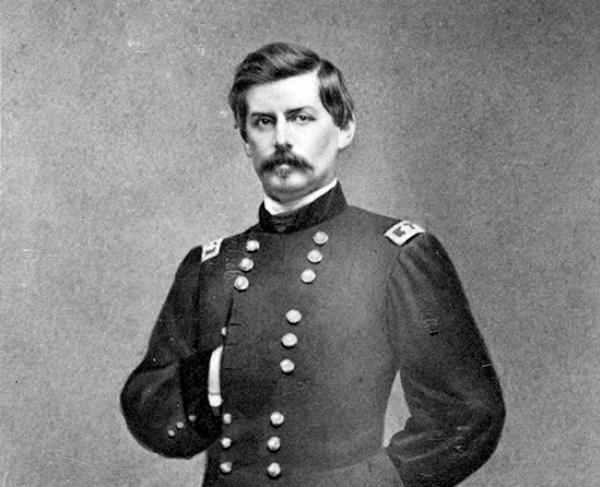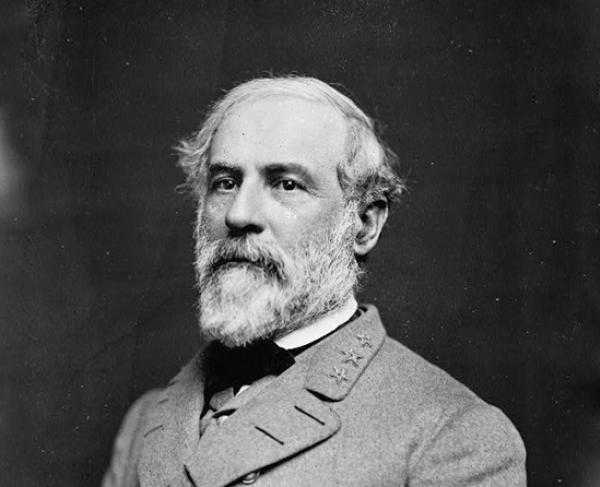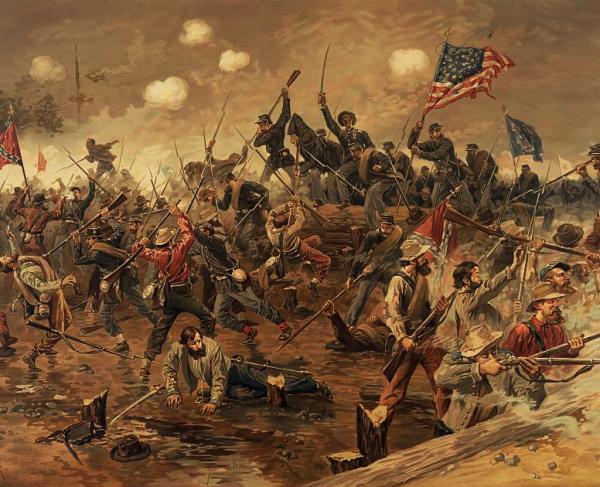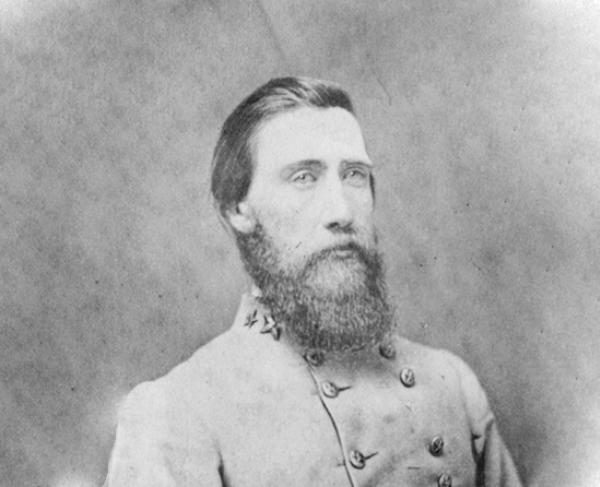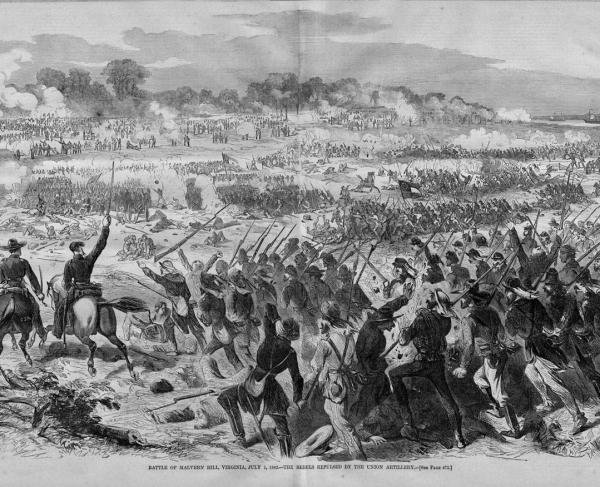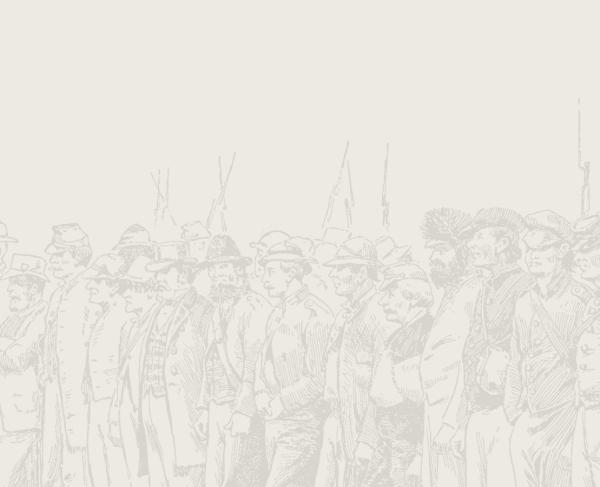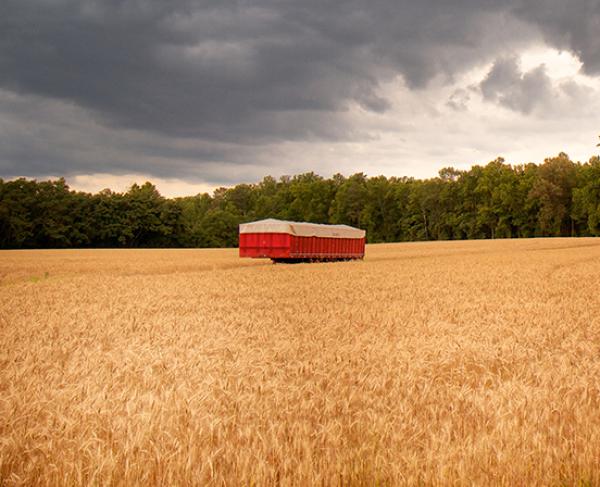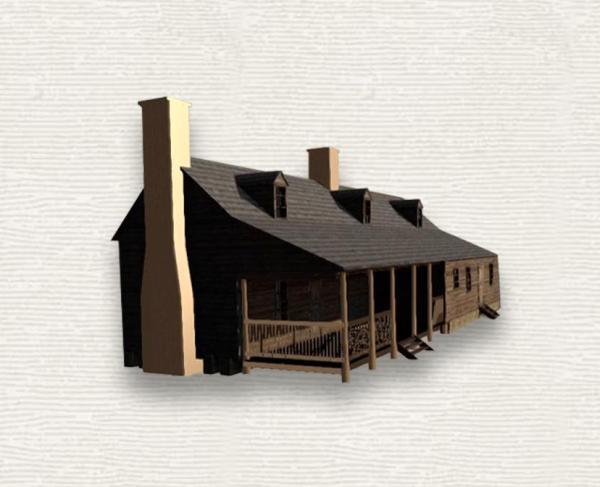Hanover County, VA | Jun 27, 1862
In the afternoon of June 27, 1862, Confederate General Robert E. Lee attacked General Fitz John Porter’s isolated V Corps at Gaines’ Mill. The battle at Gaines' Mill was the second in a series of engagements known as the Seven Days Battles that drove General George McClellan’s Union army from the doorsteps of Richmond.
How It Ended
Confederate victory. After holding off the majority of a series of Confederate attacks for most of the afternoon, Porter’s line began to crumble that evening, and his men fled towards the Chickahominy River.
In Context
In early June 1862, Confederate General Robert E. Lee was placed in command of the Confederate forces around Richmond. After receiving reinforcements, Lee launched an offensive against the Union army threatening Richmond. Lee chose to focus his efforts on Porter’s isolated corps north of the Chickahominy River.
By the last week of June, the Army of the Potomac lay astride the Chickahominy River, two-thirds of its strength south of the river and one-third north of it. Lee hoped to crush the portion north of the river and then turn against the rest.
Heavy fighting began on June 26 at the Battle of Mechanicsville and continued for the next seven days. Lee consistently acted as the aggressor but failed to land a decisive blow. At Mechanicsville, Porter managed to hold off against Confederate attacks before withdrawing toward Boatswain’s Creek, several miles away.
In the pre-dawn hours of June 27th, the commander of the Army of the Potomac, George B. McClellan issued a flurry of orders to his subordinates to move or abandon their supply trains and pull back to the James River “to a new base of supply,” where they would be protected by artillery from naval gunboats.
To Porter, his most trusted subordinate, McClellan assigned the task of holding the rearguard of the Federal army north of the Chickahominy River. Dawn broke over Porter’s men as they withdrew four miles southeast past a mill owned by William Gaines and crossed marshy Boatswain’s Creek. Porter, with around 34,000 men and his back to the Chickahominy, was outnumbered by Lee's nearly 60,000 men. However, the high ground overlookingBoatswain's Creek around the Watt and Adams family farms gave Porter the advantage. The Federals were arrayed in an arc roughly one and three-quarters of a mile long. With his troops aligned for battle, Porter was determined to withstand whatever the Confederates threw at him, "even to my destruction."
Lee was determined to take advantage of the opportunity in front of him. The Virginian sent word to Gen. Thomas J. “Stonewall” Jackson to link up with the main force and advance on Porter. That afternoon, a series of assaults by the divisions of Generals A. P. Hill and D. H. Hill demonstrated the strength of the Federal position. Additional brigades from divisions under Generals Richard S. Ewell and James Longstreet also pitched into the fray but were unable to breach the Federal line.
Meanwhile, Porter's men held firm but were badly in need of reinforcements. When a division from the VI Corps and two brigades from the II Corps finally arrived, it was too late. By then, Jackson's men had arrived on the field. They lent their weight to a massive twilight assault by 32,000 Confederates, their largest frontal attack of the war, that ultimately overran the Union position.
6,800
8,700
The battle witnessed over 15,000 combined casualties in six hours of fighting, and ended with Lee’s first victory as commander of the Army of Northern Virginia. As Porter’s lines fell apart and fell back to the Chickahominy, over two dozen artillery pieces were captured by the Confederates, and nine Union regimental commanders were killed or wounded. Under cover of night, Porter's men limped across the river and joined the rest of the army.
Jackson’s Wing was poised to attack the Federal lines at Gaines’ Mill, but were late for a multitude of reasons. During the opening stages of the battle, his men were led down the wrong road, which resulted in an hour-long countermarch. Once on the right road, Jackson’s men encountered roadblocks and sharpshooter fire, which delayed his men even further. By the time Jackson arrived on the field, A.P. Hill’s men were already engaged with the Federals.
By 7 p.m., Lee's entire Confederate force was on the field and was prepared to attack the Federal lines. With over 30,000 men attacking, Lee’s attack on June 27th was the largest of the Civil War, surpassing Pickett’s Charge in the Battle of Gettysburg, Winfield S. Hancock’s assault on the Mule Shoe at Spotsylvania, and the Confederate charge at the Battle of Franklin.
Gaines' Mill: Featured Resources
All battles of the Peninsula Campaign
Related Battles
34,212
57,018
6,800
8,700

